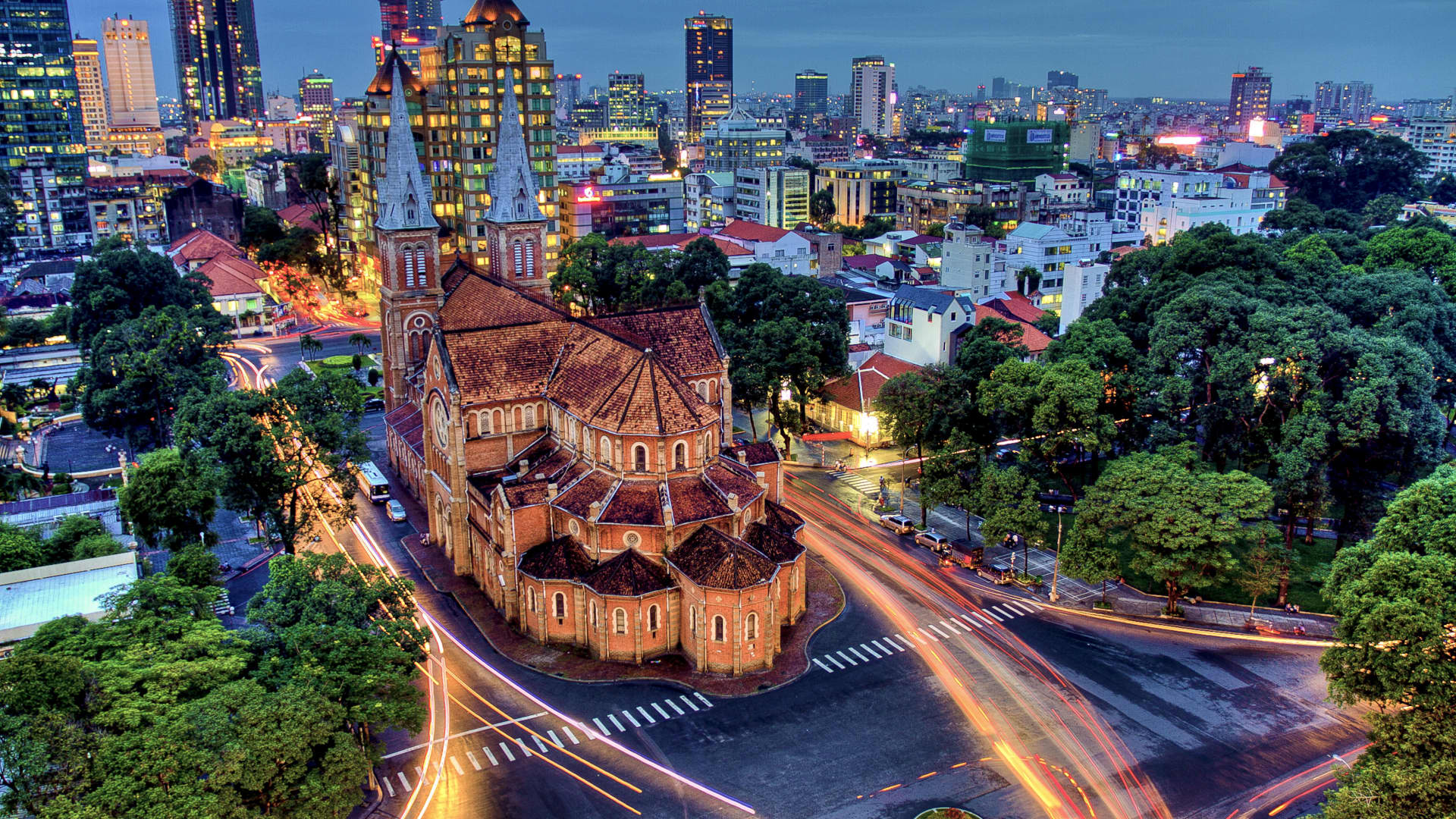This country is set to see the sharpest spike in wealth growth over the next decade

Ho Chi Minh City, Vietnam.
Marty Windle | Moment | Getty Images
Vietnam is set to see the sharpest spike in wealth growth over the next decade as it cements its status as a global manufacturing hub, according to a report by global wealth intelligence firm New World Wealth and investment migration advisors Henley & Partners.
The Southeast Asian country is forecast to see a 125% increase in wealth over the next 10 years, Andrew Amoils, New World Wealth’s analyst, told CNBC. This would be the largest expansion in wealth of any country in terms of GDP per capita and number of millionaires, according to the firm’s analysis.
“Vietnam is an increasingly popular manufacturing base for multinational tech, automotive, electronics, clothing and textile firms,” Amoils said. India, which is set to become the world’s third-largest economy by 2027, takes the second spot with an expected 110% growth in wealth, he added.
Vietnam, which is home to 19,400 millionaires and 58 centimillionaires, is perceived as a relatively safe country compared with other nations in the Asia-Pacific region, Amoils said, which provides companies an extra incentive to set up manufacturing operations in the county.
It would take a lot to derail the country from its current track of growth.
Andy Ho
VinaCapital’s chief investment officer
The country’s “strategic location” — sharing a land border with China and being close to major maritime trade routes — low cost of labor, as well as infrastructure supporting exports from the nation have all transformed Vietnam into a “prime destination” for international investment, McKinsey said in a report.
Vietnam’s 2023 GDP growth slowed to 5.05% compared with a 8.02% expansion in 2022 on the back of dimmer global demand and stalled public investment. Manufacturing accounts for a quarter of its GDP.
Just 10 years ago, Vietnam’s GDP per capita was around $2,190, which nearly doubled to $4,100, according to data from the World Bank.
“Vietnam is developing rapidly and most of the population is benefitting,” Andy Ho, chief investment officer of VinaCapital Group, told CNBC via email.
An FDI magnet?
Vietnam is also benefitting from ongoing U.S.-China trade tensions, with many multinational companies diversifying manufacturing to Vietnam as part of their “China plus one” strategy, and has seen consistently strong foreign direct investments from MNCs, Ho said.
FDI into Vietnam rose 32% from a year earlier to $36.6 in 2023.
Motorcyclists and cyclists ride on a street inside a newly developed residential quarter in Hanoi, Vietnam on May 7, 2013.
Hoang Dinh Nam | AFP | Getty Images
“The foreign investments are “sticky money,” resulting in good jobs that pay decent wages and enable millions of Vietnamese people to improve the quality of their lives,” he said.
Vietnam’s growth story has been propelled by an export-led industrialization, driven by three waves of foreign direct investments over the past three decades, and the country is on the precipice of a fourth wave, Maybank’s Economist and Assistant Vice President Brian Lee said.
Risk factors
There are some headwinds that could stall Vietnam’s accelerating growth.
The country’s labor force will need more training to address the demands of the skill-intensive and complex production activities, Lee noted.
“More can be done to maximize the productivity spillovers from FDI, through closer collaboration between foreign companies and their domestic counterparts,” he added.
A prolonged global recession could also impact consumer demand in developed markets, which could in turn affect Vietnam’s manufacturing sector and exports, said VinaCapital’s Ho. Any “sharp devaluation” of the currency could also throw a spanner in the works.
Ho, however, said Vietnam would be able to navigate the challenges that might arise in future: “It would take a lot to derail the country from its current track of growth.”









